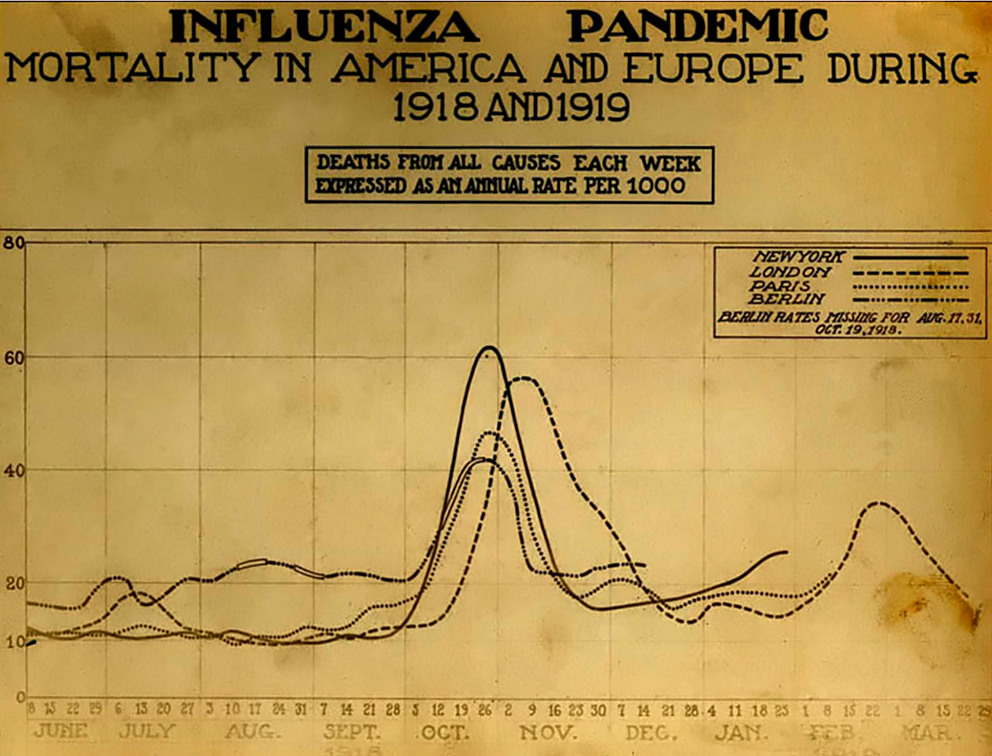
The New York Times had a remarkable story yesterday morning by Donald G. McNeil Jr. , which talked about a company (Kinsa) that markets smart thermometers. The company can use the data on fevers from these devices to foretell where the outbreak will grow, before that data shows up in other sources. You can see the company’s map here. As the NYT article says, there is so much interesting data here.
As someone who has spent a lot of time in Florida (my mother was a mystery writer, who set her novels in the bars of West Florida) I am deeply worried by the data on southeast Florida, as well as around Tampa. And even some of northern Florida, such as Duval county, has high levels of atypical fevers. But what is happening in Michigan? The map around Detroit has not lit up as red as Miami, but there is a swath in the south of the state where the levels of atypical fevers have raised. The swatch stretches as far west in the state as Kent county. I wouldn’t have expected what appears to be happening in Utah county, and Salt Lake county, Utah. But these counties still do not light up as much as Broward, Palm Beach, and Miami-Dade do in Florida.
As Donald G. McNeil Jr. said in his article, what’s interesting is that the data also shows that social distancing appears to be working. If you click on the trends button in the upper right, the entire map turns blue. Not even a flicker of red. So the map highlights where the virus has been spreading, but also gives us cause for hope with trends. Stay home everyone. Keep doing what you have been doing- social isolation.
This map highlights the power of cyber tools, such as digital appliances, to understand health issues. The CDC still has to rely solely on testing data, which gives one point of information. But by using digital tools we can have a much deeper understanding of what is happening with this epidemic in real time. Throughout the outbreak data visualizations have been key to our ability to understand it, and to communicate information around it.
If you are looking for more data or maps with COVID-19, please look at the resources listed in this blog post. And the NYT article, “Restrictions Are Slowing Coronavirus Infections, New Data Suggest,” is well worth reading.
